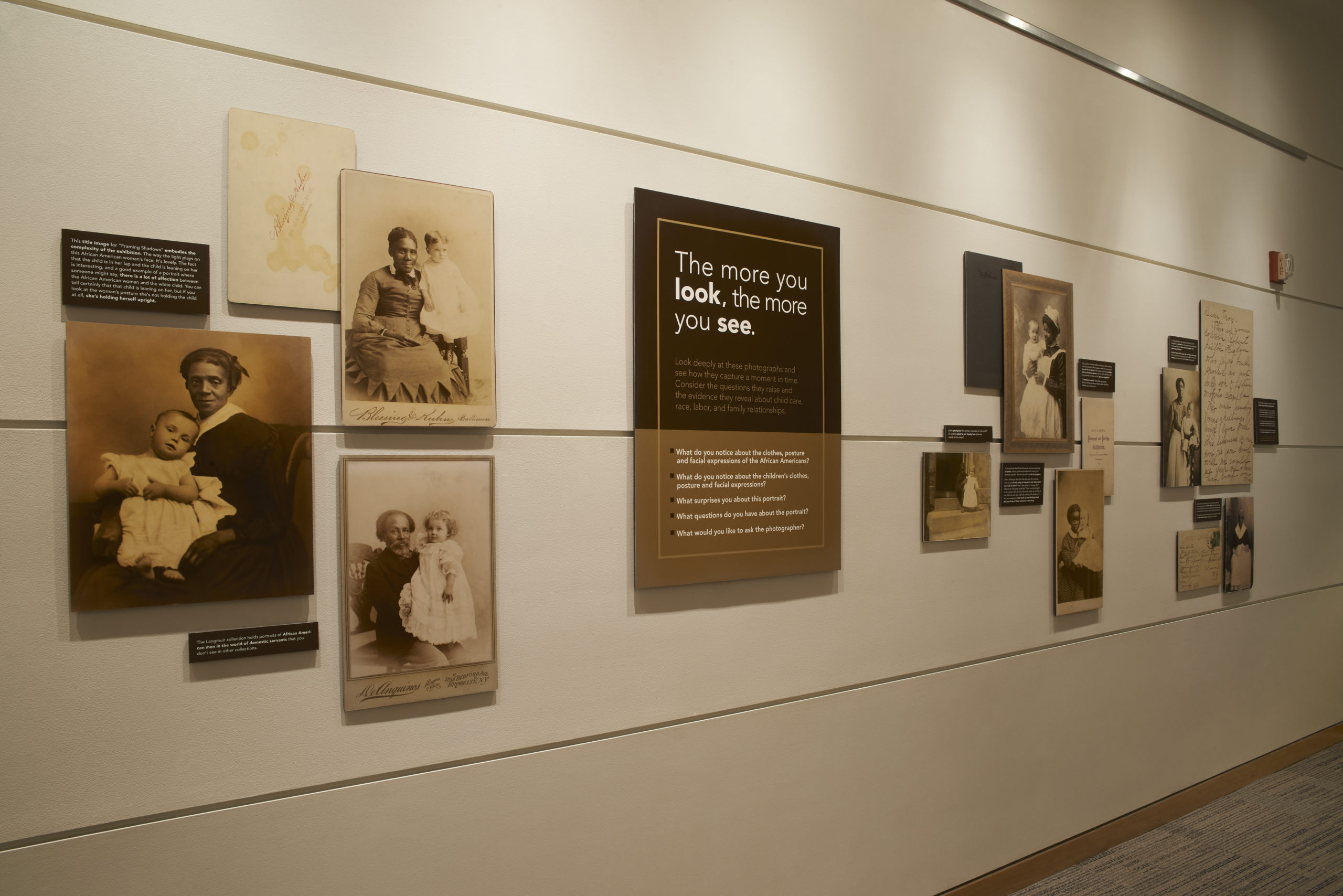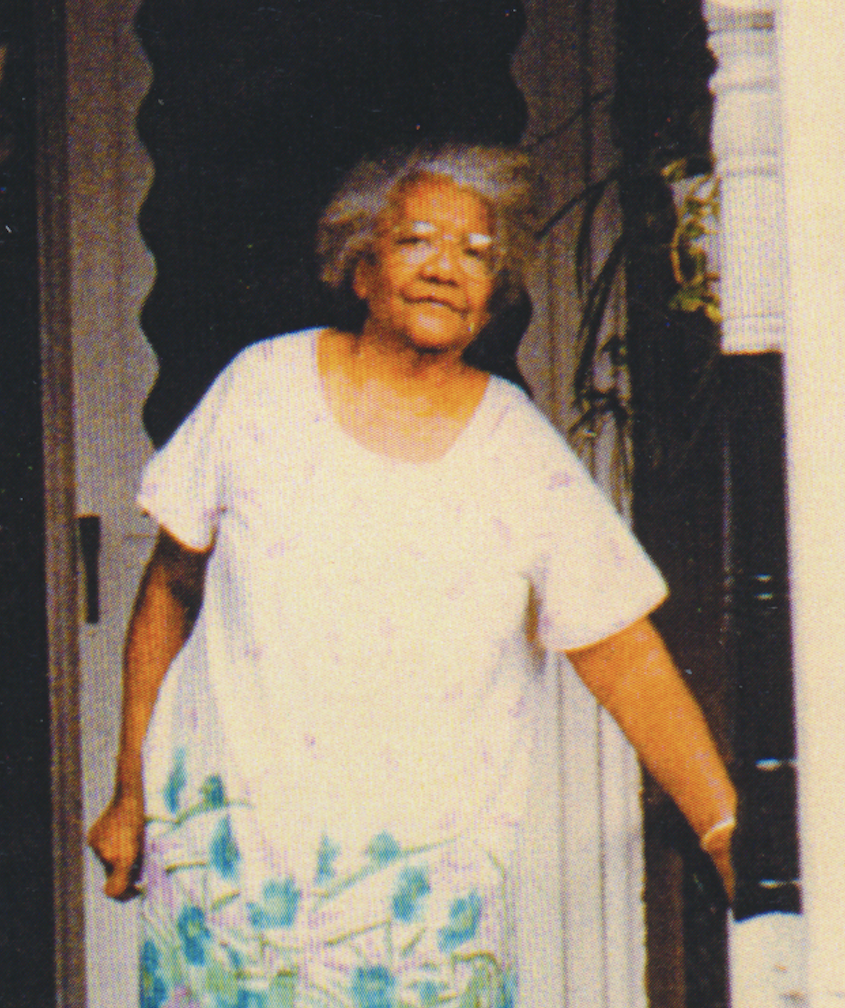Portraits
Click on the images to enlarge them for better viewing
The more you look, the more you see.
Consider these five additional questions as you look at the photographs above. What questions do these images raise about child care, race, labor, and family relationships?
Tell us what you see at libraryexhibits@emory.edu. You can also send to a friend or share on social media below! Click the appropriate icon at the bottom left of this page to share.
What do you notice about the clothes, posture, and facial expressions of the African Americans?

What do you notice about the clothes, posture, and facial expressions of the children?
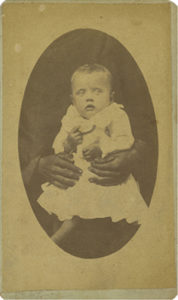
What questions do you have about each portrait?
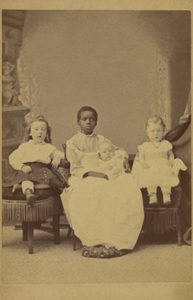
Does anything surprise you about the portraits?
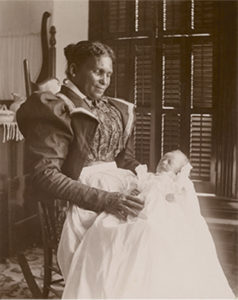
What would you like to ask the photographer?
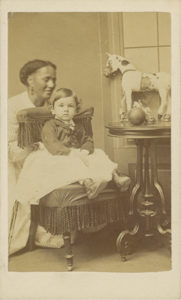
Shana L.
“I am 39 years old, and I was raised in Montgomery, AL. Both of my grandmothers were maids/nannies. I had to be here to pay homage to their lives and what I know as “normal” as a child.”
Joalyn N.
“American culture is so complex. Especially relationships between blacks and whites. Knowing and understanding untold stories helps us both relate to our weaknesses and shine light on the black women who sacrificed so much!!”
Josh S.
“Dear mom,
I really liked this exhibit because you made my mind open up to your great work.”
Madison C.
“I took Professor Wallace-Sanders’ class and learned about the complex, inter-racial relationship between a mammy and the child she cares for. I am glad this exhibit is here so other students can take time to reflect upon these photographs, many of which defy the “mammy figure” stereotype.”
Makedah S.
“Eye opening. I love our history but this proves there is still so much hidden that must be taught and made international. Negative stereotypes continue to dehumanize black women everyday and we must change that. Thank you.”
Cassandra M.
“This is a reminder and further insight into the life of my people. I can’t begin to imagine my ancestors thoughts and what they felt not being able to care for their own family. Provokes me to discuss this history with my family.”
What do you see?
A selection of visitor comments about the exhibit.
Dianne K.
“It gives me a deeper perspective on a part of our history and culture. I’ll recommend this exhibit to my friends and family. This is a wonderful way to inform people who would not have even thought about the situation.”
Brea S.
“Amazing! As an African American woman and scholar at an HBCU, I am so moved and inspired by this exhibition. The strength, resilience, and character of my people and ancestors is the legacy on which I build. Thank you!
Black Girl Magic!”
About the Robert Langmuir African American Photograph Collection
The More You Look, The More You See
The photographs in this exhibition, dating from 1840 to 1920, provide early and consistent visual documentation of African American caregivers and white children. These photographs, along with written narratives and visual materials from Rose Library’s collections, supply critical counter-narratives to the well-known “mammy” stereotype and emphasize the undeniable humanity of the individuals portrayed.
The Rose Library acquired this extraordinary collection in 2012 from Philadelphia rare book dealer Robert Langmuir. Langmuir’s interest in Black life and culture began with his African American childhood caretaker, Thelma McDaniels. Over more than two decades Langmuir assembled the collection of more than 10,000 vintage photographs. Amidst these historic images, researchers will encounter ordinary people as well as well-known names of the times and find photographs in nearly every available format between the 1840s and the 1970s.
Emory Finding Aids
Emory Digital Gallery
Significant portions of the Langmuir photograph collection (about 10,000 images) are freely available online to the public for personal research use. Users wishing to see the entire collection will need to visit the Rose Library Reading Room. For more information on using the library, including making an appointment for the reading room and registering and requesting materials, please click here.
A larger portion of the Langmuir photograph collection is available online to users in the Emory community (i.e. students, staff, and faculty with an Emory Network ID and password). Emory users should follow the link to the Emory Digital Gallery below and then enter their credentials using the login button at the top of the page to access the Emory-only Langmuir collection.
The portraits in this exhibition are categorized as “Nannies” in the Robert Langmuir African American photograph collection.
Emory Digital Gallery
Copyright and Citation
Emory University does not control copyright for images in the Robert Langmuir African American Photograph Collection. Images are made available for individual viewing and reference for educational purposes only such as personal study, preparation for teaching, and research. The reproduction, distribution, public display or other re-use of any content beyond a fair use as codified in section 107 of US Copyright Law is at the user’s own risk.
Preferred citation: [identification of item], Robert Langmuir African American Photograph Collection, Stuart A. Rose Manuscript Archives, and Rare Book Library, Emory University.
More on Copyright

